Blackhead extractors are special tools used for the removal of blackheads and skin breakouts. Also known comedone extractors, the tools get rid blackheads by removing dirt as well as dead skin cells that plug your pores.
The tools are favoured by both dermatologists and cosmeticians due to their ability to get rid of blackheads and toxins with minimal damage to the skin. Having been made from surgical steel, they allow safe and effective sterilization. Also, the material does not rust and is coated with an antibacterial to avoid skin allergies and sensitivity.
With so much going for them, are blackhead extractors good for your skin? We have explained everything you need to know about them below.
What Are Blackheads?
According to Medical News Today, blackheads are small, dark lesions that appear on the skin, often on the face and neck. They are a feature of mild acne, but they can appear without other signs of acne being present.
The lesions are made up of oxidized melanin hence the characteristic dark appearance. The condition is aggravated by surges in hormones production- triggering skin glands to increase sebum formation under the skin.
For lesions to form, first your pores become clogged with sebum and dead skin cells. When the dead skin cells are exposed to air, on the pore opening, they react with oxygen to form hard darkened spots.
How does a Blackhead extractor Work?
These metallic tools are thin wands with a sharp lance on one end and a small loop on the other end. To remove a blackhead or a white head, the loop goes around the zit. The next step involves applying a little pressure on the loop to dislodge the head from the skin.
For pimples that have already developed a head, use is made of the lance-end to rip the pimple open. By pressing the loop end on the now punctured skin, sebum, skin debris and pus gets dislodged together with the blackhead.
Types of Blackhead Extractors
There are several types of blackhead extractors, with each classified according to the design of the edges and the extent of intended use.
- The first design comprises of a circular loop on one side and a lancet on the other. The lancet-end is very sharp and can be hazardous if not handled carefully. The looped-end can also be described as a spoon with a hole in the middle.
This type can also come with an angled loop, to make it easy for you to remove hard-to-reach blackheads; such as those that form on ear lobes and the corner of the mouth.
- The second design comes with two loops on one or either sides. With two loops, each end is sized differently to enable extraction of varying sizes of whiteheads. Similar to the first type, the loops can also be angled.
- The third major design comprises of a single spoon end with several holes. This tool is useful for people with multiple or closely packed blackheads. The design is especially handy for removal of multiple blackheads that form on the tip of the nose. It’s also recommended for chronic acne.
These tools are also categorized depending on the shape of the loops. To this end you have;
- Flat Loop: This is recommended for the removal of large blackheads. The loop is usually large and which allows extraction without causing damage to the skin.
- Small Loop: While the flap loop dislodges large blackheads with ease, it’s not great at cleaning debris left in the pores-a small loop is what is needed. This extractor also works best for small blackheads.
- Angled Loop: The shape is ideal for removing small blackheads that form into a cluster. It works by scraping off the cluster with the application of a little pressure. It’s also great for removal of stubborn blackheads.
- Spoon and Eye Loops: Both of these extractors are recommended for dislodging stubborn blackheads. However, they require you to apply considerable pressure which can lead to bruises on the skin. These should be avoided for home use, especially eye loops made from sharp and thin metal.
- Curved Bend Extractors: These are an alternative form of blackhead extractors. Instead of a loop, they come in the form tweezers with two hooks. They work by hooking the blackhead, squeezing it and pulling it off the skin. The hooks end in sharp tips that can be used to pop a pimple before removing the head.
How to Use a Blackhead Extractor
The key successful removal of blackheads and any skin blemishes, especially where tools are used, is observing safety first. It helps to remember that extractors squeeze the skin to pop out impactions. In essence, using the tool on your skin ‘harms’ it to some extent.
So how do you go about ensuring that the extraction process does not backfire on you?
Start by choosing the tool that is best suited for your condition. You should also be ready to work in a clean environment to avoid the spread of bacteria and dirt on your skin. Clean your hands with a mild hand wash and warm water. Then, sterilize the tool and with hospital-grade sanitizer or surgical spirit.
Once this is done, here are the steps to follow.
Step 1: Cleanse Your Face
Use facial wash to wash your face. It’s advisable that you stick to face wash that is meant for the treatment of specific skin blemishes- in this case, blackheads, whiteheads, and acne.
Step 2: Unclog Pores
This is an important part of removing debris or gunk that could be stuck inside the skin pores. There are several ways of doing this;
- Using a warm wet towel, apply heat to your face. The warm compress leads to sweating which is made possible by opening pores. Repeat the process for at most 5 minutes- enough time to unclog pores without reddening the skin.
- Make use a facial steamer to open pores. The process should last for about 5 to 8 minutes.
- You can also use a face mask to remove gunk from the skin. A good mask for this is one made of clay. Let it dry out, it removes dead skin and dirt that clogs up the skin.
Step 3: Remove Blackheads
Using your blackhead remover, place the loop end over the blackhead. On one side of the blackhead, apply little pressure to dislodge it. If the blemish proves stubborn, repeat the process on the opposite side. Once dislodged, apply gentle pressure over the affected skin to remove any remaining blockage.
Expect to feel some pain as the blackhead gets dislodged.
Steps 4: Cleanse Your Skin Again
Repeat the cleansing process to ensure the now punctured skin does not get infected. You can also apply toner. This helps in removing any excess debris, bacteria or pus that may remain after cleansing.
You can also finish the process by applying a moisturizer and minimizing UV exposure on the skin. Also, any prescription cream for acne or blackheads can be applied at this point. Such treatments are preventive and will balance oil production and get rid of acne-causing toxins on the skin.
Step 5: Clean the Extractor
The treatment greatly depends on the cleanliness of the tool. With this in mind, clean the extractor using hot soapy water before storing. You should also wipe it dry with surgical spirit for thorough sterilization.
Using a Blackhead Extractor on the Nose
Removing blackheads and breakouts on the nose can prove difficult. This is because of the sensitive nature and curved shape. The trick, however, lies in choosing the right extractor.
To recap on this, go for one with a curved end for ease of angle adjustment. Ensure the experience is not painful by being very gentle.
Precautions When Using a Blackhead Extractor
If a blackhead extractor is not used properly, it can end up making your skin worse. The following precautions can increase your chances of success:
- Don’t push too hard on the skin as this can damage skin cells and increase the chances of scarring.
- If a blackhead doesn’t come out with gentle pressure, you are probably better off treating your skin with a topical cream
- Ensure that what you are working on are indeed blackheads since working on sebaceous filaments can spread the infection further into your skin leading to more breakouts
- If your skin is inflamed or affected by active acne, do not use the extractor. Alternatively, you can consult a dermatologist before using the tool.
Pro Tip; If you are not sure you can handle this, you are better off in the hands of a professional.
What About Electric Blackhead Removers?
These are easy-to-use electric tools that remove blackheads by suctioning the blemish off the skin. They come with different levels of suction power, each adapted to a specific purpose.
- Lower levels are used to remove makeup residue and dirt from the skin.
- The medium power mode is used to remove acne blemishes which are usually not as stubborn as blackheads.
- High power modes are used for removal of blackheads and other stubborn blemishes
Are Blackhead Extractors Safe for Use At Home?
Getting rid of blackheads using extractors at home can be effective and safe. This, however, depends on your threshold for pain and your willingness to maintain hospital-level cleanliness during the process. The main concern is causing skin irritation which can lead to more breakouts and bacterial infections.
Actually, most dermatologists advise against popping pimples and removal of blackheads at home. Among the reasons given include;
- Picking at your skin leads to irritation on and around the blackhead. This triggers melanin production in the affected area. Although this is a biological response to protect the skin, dark pigment forms in the area.
This is known as post inflammatory hyperpigmentation (PIH)- a condition that can last for years.
- Extraction stretches and weakens the hair follicles in the skin. When broken, the skin spills pus and cellular debris- providing a good environment bacteria to develop and cause more breakouts.
- Extracting a blackhead can also lead to the formation of a small pink scar. Depending on the pressure applied to the tool, the scar can become permanent.
Where to Purchase Blackhead Extractors
You can buy extractors in beauty shops, pharmacies, drug stores, and online marketplaces. It’s however upon you to ensure that the product comes from a reputable brand and it’s made of surgical-grade stainless steel – for durability and ease of cleaning and sterilization.
The Cost of Blackhead Extractors
The tools are sold as single units or in a kit containing several pieces.
- A single double ended loop extractor goes for around $6
- A tweezers-like curved extractor will cost you around $5
- A kit containing several extractors with varying sizes of loops and design costs anything from $10
- Electric suction or vacuum extractors are a bit expensive, with the price ranging from about $15 to $50.
7 Quick Tips on Blackhead Prevention and Extraction
With all beauty routines, the idea should be to have maximum results with one session, make the results last longer and reduce the number of sessions by preventive practices. When it comes down blackhead extraction, the following tips can help you achieve this:
- Do a skin detox once in a while to remove toxins and reduce blackhead formation
- Exfoliating and keeping your skin moisturized reduces dirt build up and keeps more blackheads from forming into your pores. While at it, use gel or water based moisturizers
- Incorporate AHAs like glycolic acid and BHAs like salicylic acid into your routine to dissolve oil and slough off dead skin respectively
- Use retinol regularly to empty clogged pores and stop blackheads on their tracks
- Try other skin procedures like chemical peels and dermabrasion for clear and flawless skin under the advice of your doctor
- Opt for non-comedogenic makeup and other skin care and hair products
- Generally, keep your skin clean and healthy to avoid dirt build-up
So are blackhead extractors good for your skin? The answer is a conditional yes. The tools will get rid of the blemishes, but the process comes with considerable side effects especially in the wrong hands. These can be counterproductive in the long run. However, the process can be effective if performed by trained professionals.
If you are absolutely sure that you can get the job done well, go right ahead. Otherwise, for the sake of your skin, leave it to experienced dermatologists or aestheticians. Not only have they performed the operation many times over, but their cleanliness and sterilization standards leave nothing to chance.
Simply put, blackhead extractors work best in the hands of the pros.

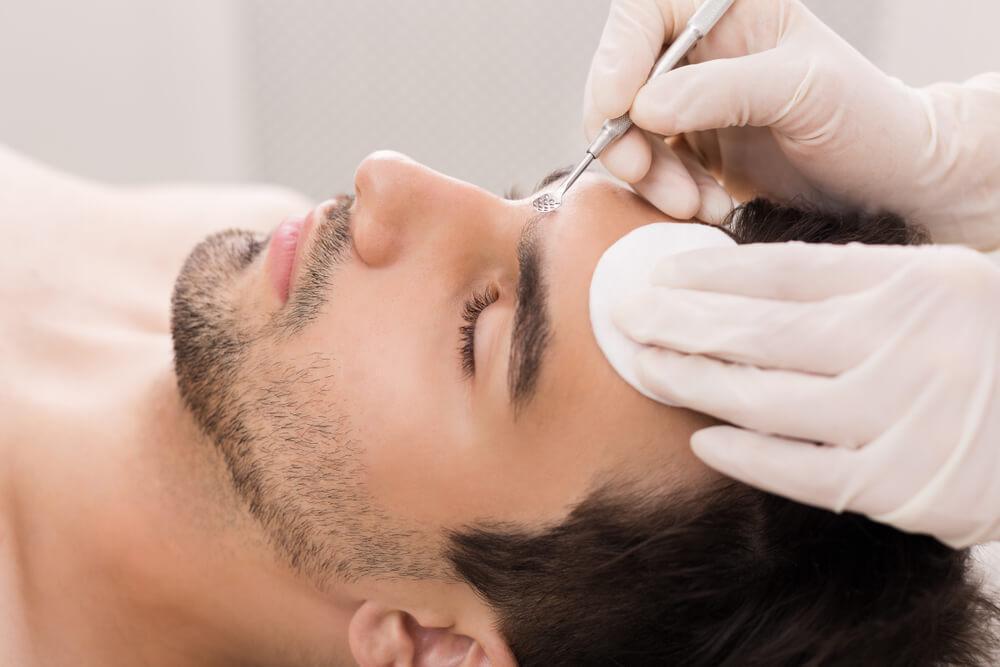

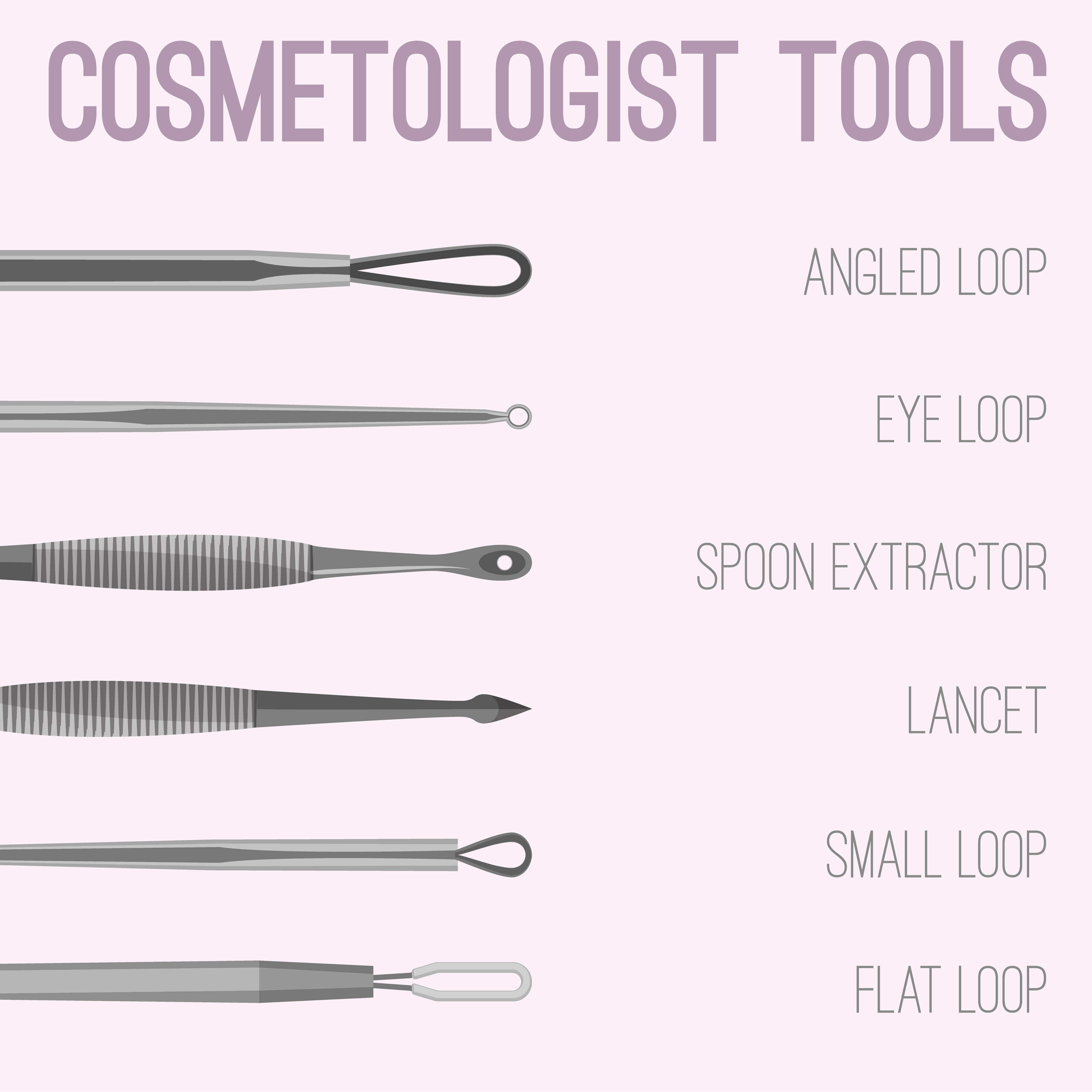
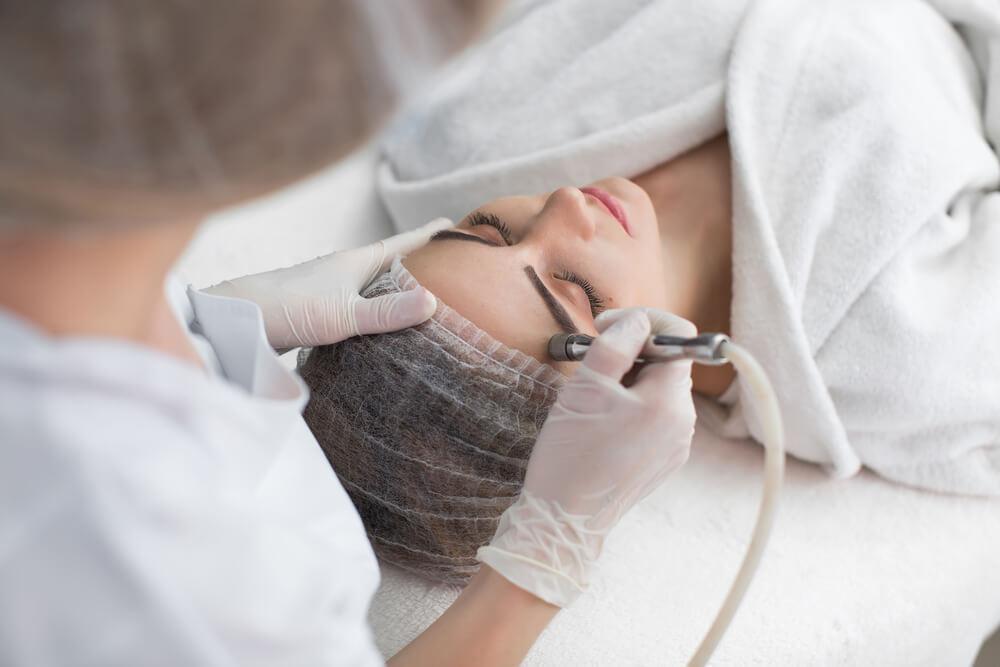

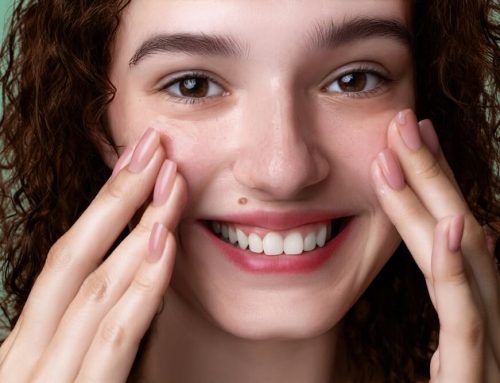

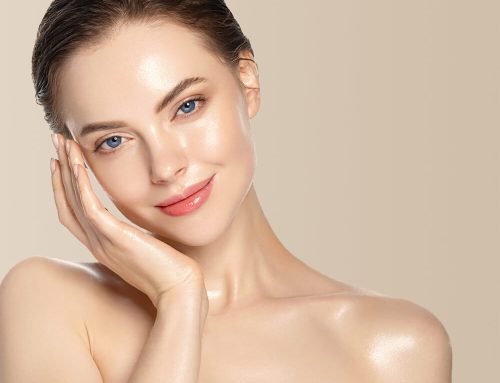
Leave A Comment